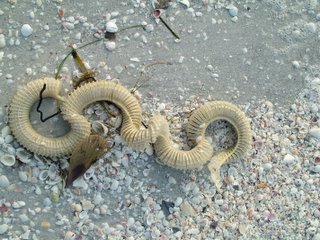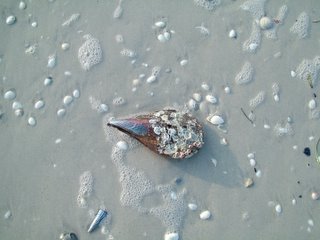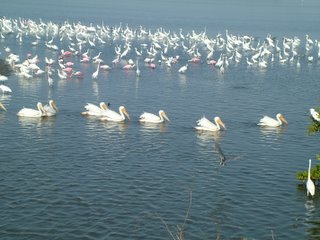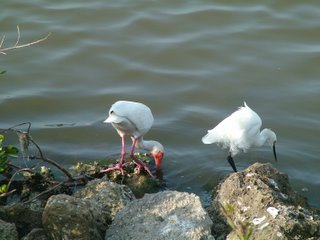11. Found on the beach
 One of my great pleasures is to walk the beaches of the world looking for biological treasures. Sometimes you find objects that are hard to identify, as they lie among the more common sea shells that litter the beach.
One of my great pleasures is to walk the beaches of the world looking for biological treasures. Sometimes you find objects that are hard to identify, as they lie among the more common sea shells that litter the beach.
Othertimes, you find nicely formed crabs such as this one that was unlucky to have been deposited by heavy surf and unable to find its way back to the water.
 Once in a while you find an item that stands out because of its rarity or its beauty, such as this nicely formed sponge.
Once in a while you find an item that stands out because of its rarity or its beauty, such as this nicely formed sponge.
Or, this nice, compact cluster of skate eggs, along a Sanibel beach in spring. Quite common, one sometimes wonder how any of the embryonic skates survive, as they are scattered everywhere along the beach.
 This double breasted cormorant, still in its fledgling coloration, is lucky to still be alive. How it found its way to this spot on the beach is a puzzle.
This double breasted cormorant, still in its fledgling coloration, is lucky to still be alive. How it found its way to this spot on the beach is a puzzle.
Starfish are often thrwn up on the beach at high tide and have a difficult time getting to the water before the seagulls get to them. This one has passed ob but is still intack on its back.

Occasionally, on the land side of the beach, one can find true beauty, such as this wild morning glory.

Another crab, this one still barely alive. I picked it up and placed it at the waters edge. Unfortunately, I think I was too late.
 Another beautiful starfis, amongst varios shells and other unidentifiable stuff.
Another beautiful starfis, amongst varios shells and other unidentifiable stuff.
Detritus..... this happens to be natural detritus, as opposed to the much more unpleasant, detritus left by people.

A familiar scavenger along the Sanibel beaches, this sandpiper ( I think) is searching for small animals washed up on the beach.

More skate eggs.....; these clusters can reach lengths of 3-4 feet in some cases. Great for teching biology to young kids.

A large shell common along the Sanibel beaches but at the moment cannot remember its name.
 This was a real rare find, and still alive. A sand dollar slowly moving across the wet sand. You can see its track as it seeks out the water and safety.
This was a real rare find, and still alive. A sand dollar slowly moving across the wet sand. You can see its track as it seeks out the water and safety.
And, watching everything that was going on down below, this beautiful osprey keeps a sharp eye out for food.















